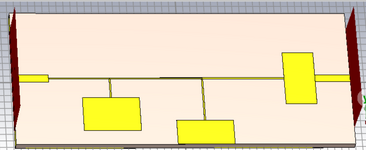okik
Newbie level 6

So i have given circuit (link below) and my question is:
Is possible to somehow transform that LC part (L1-Cp1) of that given circuit into microstrip?

Is possible to somehow transform that LC part (L1-Cp1) of that given circuit into microstrip?
Last edited by a moderator:



